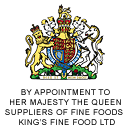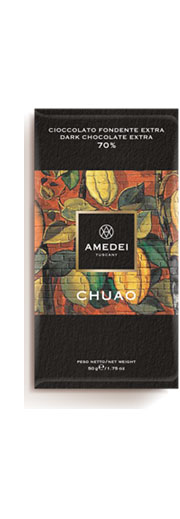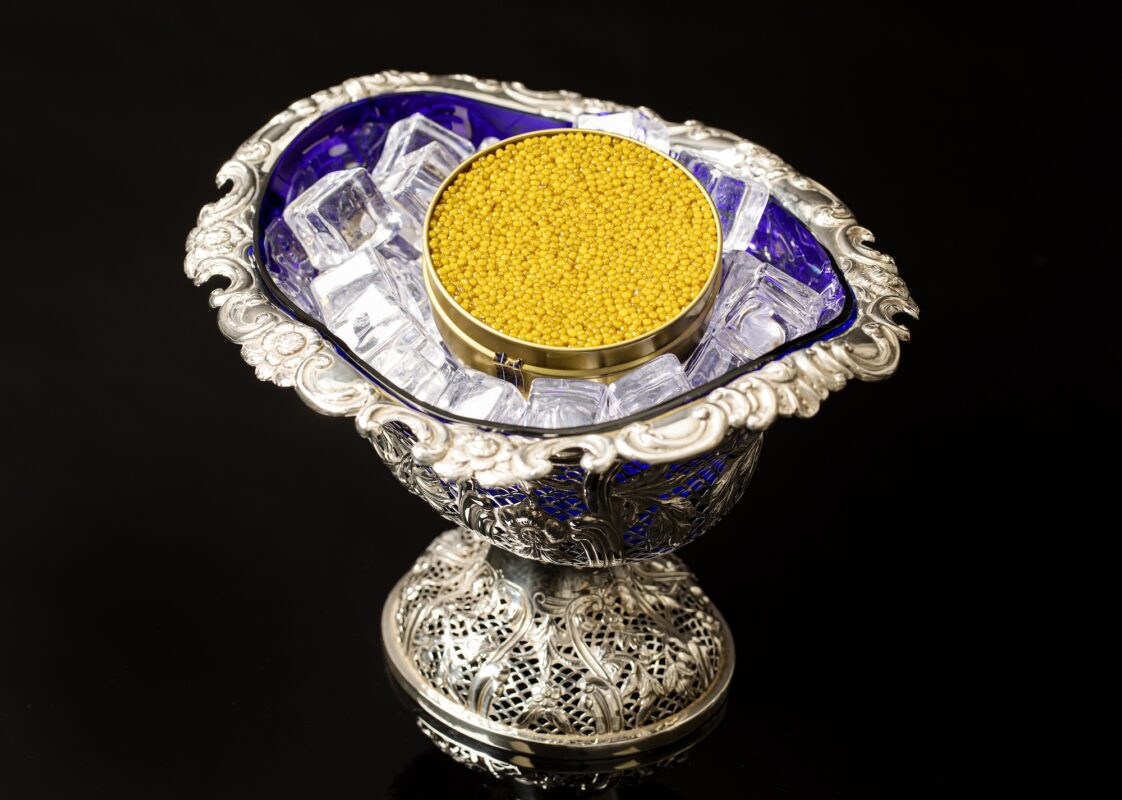About Caviar, King's Fine Food Blog
What to Look for in Good Caviar
What to Look for in Good Caviar – Good caviar is a delicacy that should exhibit certain characteristics to be considered of high quality. When looking for good caviar, consider the following factors:
Type of Caviar: Different types of caviar come from various fish species, with sturgeon caviar being the most prized. Beluga, Oscietra, and Sevruga caviar are among the most famous varieties, each with its unique flavour and texture.
Grade: Caviar is often graded based on the size, colour, and texture of the eggs. A higher grade typically consists of larger, more uniform, and unbroken eggs, while lower grades may have smaller or less consistent eggs.
Freshness: Fresh caviar is crucial for the best taste and quality. Look for caviar that has been processed and packaged as close to the source as possible. Caviar should ideally be consumed shortly after harvesting.
Appearance: Good caviar should have glossy, shiny, and uniformly sized eggs. They should not appear overly wrinkled or discoloured. The colour should be consistent and vibrant, matching the species of the fish.
Texture: The egg should be beautifully formed. When you press a spoon gently against the eggs, they should separate easily, and there should be a slight “pop” as they release their flavour. The texture should be firm, but not overly hard or mushy.
When tasting caviar, you should be able to gently burst with the tongue and the roof of the palette.
Aroma: High-quality caviar has a fresh, sea-like aroma with a hint of nuttiness or butteriness, depending on the species. It should not have a fishy or unpleasant odour.
Flavour: The taste of good caviar should be complex, offering a balance of salty and briny notes. You may also detect a subtle hint of the sea and a mild nutty or buttery undertone.
Salt Content: The level of salt in caviar varies between producers and types. A good balance of salt is important; it should enhance the flavour of the eggs without overwhelming them.
Oil Content: Caviar does naturally contain a certain amount of oil. The oil content in caviar is primarily composed of omega-3 fatty acids, which are beneficial for health. The specific oil content can vary depending on the type of caviar, but this should not be too much.
Packaging: Caviar should be packaged in non-reactive containers, such as glass or metal, to preserve its quality. Avoid caviar packaged in plastic or other materials that may affect its taste.
Source and Reputation: Consider the source and reputation of the producer or retailer. Caviar from reputable, sustainable, and environmentally conscious sources is more likely to be of high quality.
Price: High-quality caviar is a luxury product and comes at a premium price. Be wary of extremely low-priced caviar, as it may be of inferior quality or improperly handled.
Shelf Life: Check the expiration date and storage instructions on the packaging. Proper storage and a reasonable shelf life are indicators of quality.
When purchasing caviar, it’s often best to buy from reputable retailers or producers who can provide detailed information about the product’s origin, quality, and handling. Additionally, it’s essential to store caviar properly in a refrigerated environment until serving to maintain its freshness and flavour.



